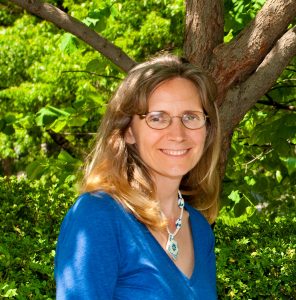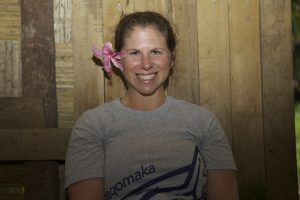Pacific Island communities are facing unprecedented challenges in conserving natural resources and maintaining human well-being. In these place-based communities, biocultural connections, or the integrated social, economic, cultural and environmental linkages between people and nature are widely believed to play a critical role in improving and maintaining the resilience of both human and ecological communities. However, indicators of human or ecological well-being rarely reflect the integrated nature of these systems.
We synthesized information from visioning exercises across multiple Pacific Island archipelagoes (Hawaiʻi, Fiji, Solomon Islands, Marshall Islands) to better understand the perspectives of Pacific Islanders on characteristics of vibrant biocultural landscapes and seascapes. Based on this and a review of the literature, we identified key elements that describe a resilient biocultural state for Pacific Island communities. We are using these elements to identify if and how international sustainability goals capture local perspectives and values. We are also using these key elements to develop a community self-assessment guide. Finally, we are in the process of comparing indicators of biocultural resilience and their drivers across the Pacific Islands. We expect the results of our work will guide practices on sustainability and well-being that better resonate with communities and better reflect important connections between people and nature.
Eleanor Sterling
Chief Conservation Scientist
Center for Biodiversity and Conservation
American Museum of Natural History
200 Central Park West
New York, NY 10024
http://cbc.amnh.org/
sterling@amnh.org
Stacy Jupiter
Wildlife Conservation Society
Associate Conservation Scientist
Fiji Country Program Director
sjupiter@wcs.org
Rachel Dacks
University of Hawaii
rdacks@hawaii.edu



